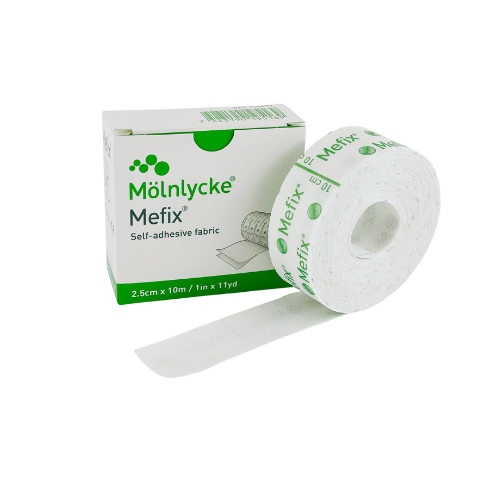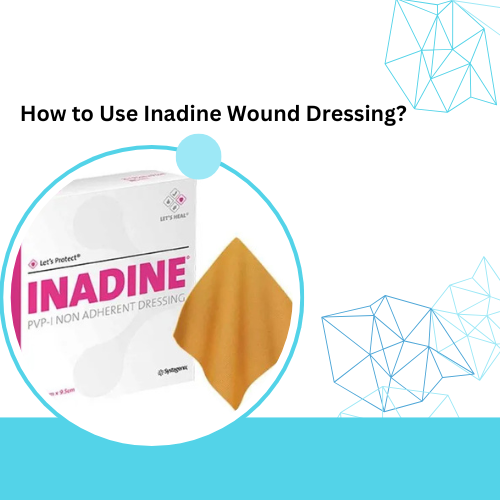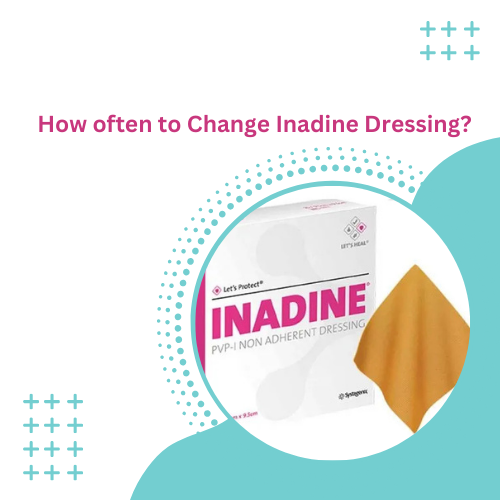When to Use a Hydrocolloid Dressing: A Comprehensive Guide
Hydrocolloid dressings have gained popularity in wound care due to their unique properties and versatility. These dressings create a moist healing environment that promotes faster recovery while protecting wounds from external contaminants. In this blog, we’ll explore when and why to use hydrocolloid dressings and how they can enhance your wound care regimen.
What is a Hydrocolloid Dressing?
Hydrocolloid dressings are adhesive wound dressings made from a mixture of materials, including gelatin, pectin, and carboxymethylcellulose. They are designed to absorb exudate while forming a gel-like substance, which keeps the wound moist and aids in the healing process.
Benefits of Hydrocolloid Dressings
1. Moisture Retention: Hydrocolloids create an optimal moist environment, which is essential for wound healing.
2. Protection: These dressings provide a barrier against bacteria and other external contaminants, reducing the risk of infection.
3. Pain Reduction: The cushioning effect of hydrocolloid dressings can help minimize discomfort associated with the wound.
4. Ease of Use: They are easy to apply and remove, making them suitable for home care and clinical settings.
5. Water Resistance: Many hydrocolloid dressings are water-resistant, allowing for showering and other activities without compromising the dressing.
What is a Hydrocolloid dressing Used for?
Hydrocolloid dressings are versatile and used for various wound types, including:
1. Partial-Thickness Wounds: Such as abrasions and superficial burns where the skin is not completely broken.
2. Chronic Wounds: Including pressure ulcers (bedsores) and diabetic foot ulcers, as they maintain a moist healing environment.
3. Post-Surgical Sites: To protect clean surgical incisions while allowing them to heal.
4. Wounds with Moderate Exudate: Effective for wounds that produce moderate levels of fluid, as they absorb exudate without becoming overly saturated.
5. Blisters: To protect and cushion blisters, allowing for natural healing without irritation.
6. Skin Tears: Hydrocolloids can help protect and promote healing in skin tears, especially in elderly patients.
7. Donor Sites: Often used for skin graft donor sites to facilitate healing and protect the area.
Overall, hydrocolloid dressings are particularly beneficial for their ability to keep wounds moist, promote healing, and protect against infection.
When to Use Hydrocolloid Dressings
Hydrocolloid dressings are suitable for various types of wounds, including:
1. Partial-Thickness Wounds: These include abrasions and superficial burns where the skin is not completely broken.
2. Chronic Wounds: Hydrocolloids can be effective for managing chronic wounds like pressure ulcers and diabetic foot ulcers, as they maintain a moist environment that promotes healing.
3. Post-Surgical Sites: They can be used on clean surgical incisions to protect the site while allowing for healing.
4. Wounds with Moderate Exudate: Hydrocolloid dressings are ideal for wounds that produce moderate levels of exudate, as they can absorb moisture without becoming overly saturated.
5. Blisters: Hydrocolloid dressings are commonly used to protect blisters, allowing them to heal without irritation.
What does a hydrocolloid dressing do
A hydrocolloid dressing serves several important functions in wound care:
1. Moisture Management: It creates a moist environment that promotes healing, which is essential for tissue regeneration.
2. Absorption of Exudate: The dressing absorbs moderate amounts of wound exudate while preventing excessive moisture that can lead to maceration.
3. Protection: It acts as a barrier against bacteria and external contaminants, reducing the risk of infection.
4. Pain Relief: The cushioning effect helps minimize discomfort and pain associated with the wound.
5. Autolytic Debridement: By maintaining moisture, it facilitates the natural removal of dead tissue, promoting a cleaner wound bed.
6. Water Resistance: Many hydrocolloid dressings are water-resistant, allowing patients to shower or bathe without compromising the dressing.
Overall, hydrocolloid dressings are effective in managing a variety of wounds, enhancing the healing process while providing protection and comfort.
When to Avoid Hydrocolloid Dressings
While hydrocolloid dressings are versatile, there are situations where they may not be the best choice:
1. Infected Wounds: If a wound shows signs of infection (increased redness, swelling, pus), hydrocolloid dressings may not be appropriate. It’s essential to consult a healthcare professional for infection management.
2. Heavy Exudate: For wounds with heavy exudate, hydrocolloids may not absorb enough fluid, leading to leakage and potential skin maceration.
3. Full-Thickness Wounds: Hydrocolloid dressings are generally not recommended for deep, full-thickness wounds as they may not provide adequate support.
Application Tips
1. Clean the Wound: Before applying a hydrocolloid dressing, clean the wound gently with saline or an appropriate wound cleanser.
2. Dry the Surrounding Skin: Ensure the skin around the wound is dry to promote adhesion.
3. Choose the Right Size: Select a dressing that adequately covers the wound while extending slightly beyond its edges to prevent leakage.
4. Monitor Regularly: Check the dressing regularly to assess for saturation or signs of infection.
Conclusion
Hydrocolloid dressings are a valuable tool in wound care, offering numerous benefits for various wound types. By creating a moist environment and protecting against external contaminants, they promote faster healing while minimizing discomfort. Understanding when to use hydrocolloid dressings can enhance your wound management strategy and improve patient outcomes. Always consult a healthcare professional for guidance tailored to specific wound care needs.




